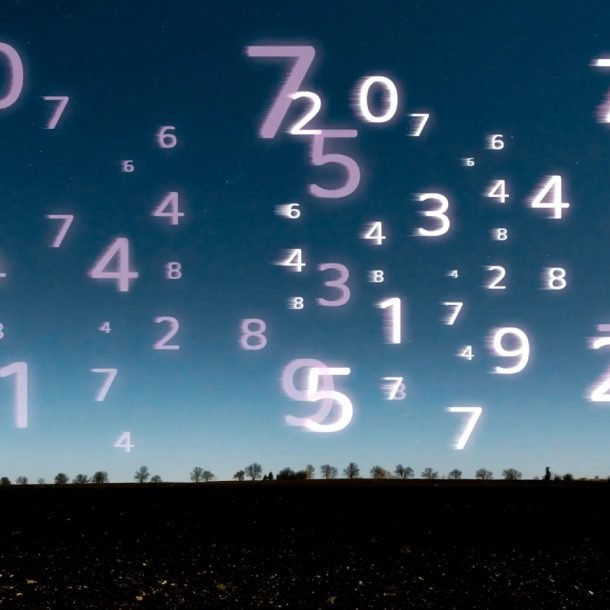
In our modules on Inequalities and Absolute Values, we learn to represent inequalities on the number line and the concept of distance on the number line for absolute values.
In this post, let’s look at how we apply those concepts for a difficult-looking GMAT algebra question from Math Revolution.
Question: Is ?
Statement 1:
Statement 2:
Normally, people go through the rigours of squaring the inequality in statement 1 to get rid of the absolute value signs, getting multiple factors and then trying to figure it all out.
This link shows you all that. We will not get into that method but instead focus on the visual method we have learnt.
Question: Is ?
means ‘Is to the left of
on the number line?’
Statement 1:
This statement tells us that ‘distance of from
‘ is less than the ‘distance of
from 0′. So
is closer to
than
is to 0. Let’s imagine our number line.
(negative) ——————————— 0 ——————————- (positive)
can be either to the left or to the right of 0 i.e.
can be either negative or positive
——————— () —————— 0 —————- (
) —————
will be closer to
than 0 to
.
—————() —(
)— (
) ———– 0 ——— (
) —(
) —(
) ————
could be to the left or right of
in either case.
Then this is what our inequality looks like. In some of these cases, and in other
.
Not sufficient alone.
Statement 2:
Clearly not sufficient since we have no information about .
Using both statements, only left side of the number line is possible because .
—————() —(
)— (
) ———– 0 ——————————
But here too, could be to the left or to the right of
. So even with both statements, we cannot answer the question.
Answer (E)

Founder, sole curriculum creator and webinar instructor for ANA PREP, Karishma has been working in the test prep industry for almost 20 years now, of which 15+ are in GMAT exam preparation. She is an expert of Quant, Verbal and Data Insights and is known for her simple and elegant solutions. Her venture, ANA PREP, is one of the best GMAT online coaching platforms. Contact her at karishma@anaprep.com